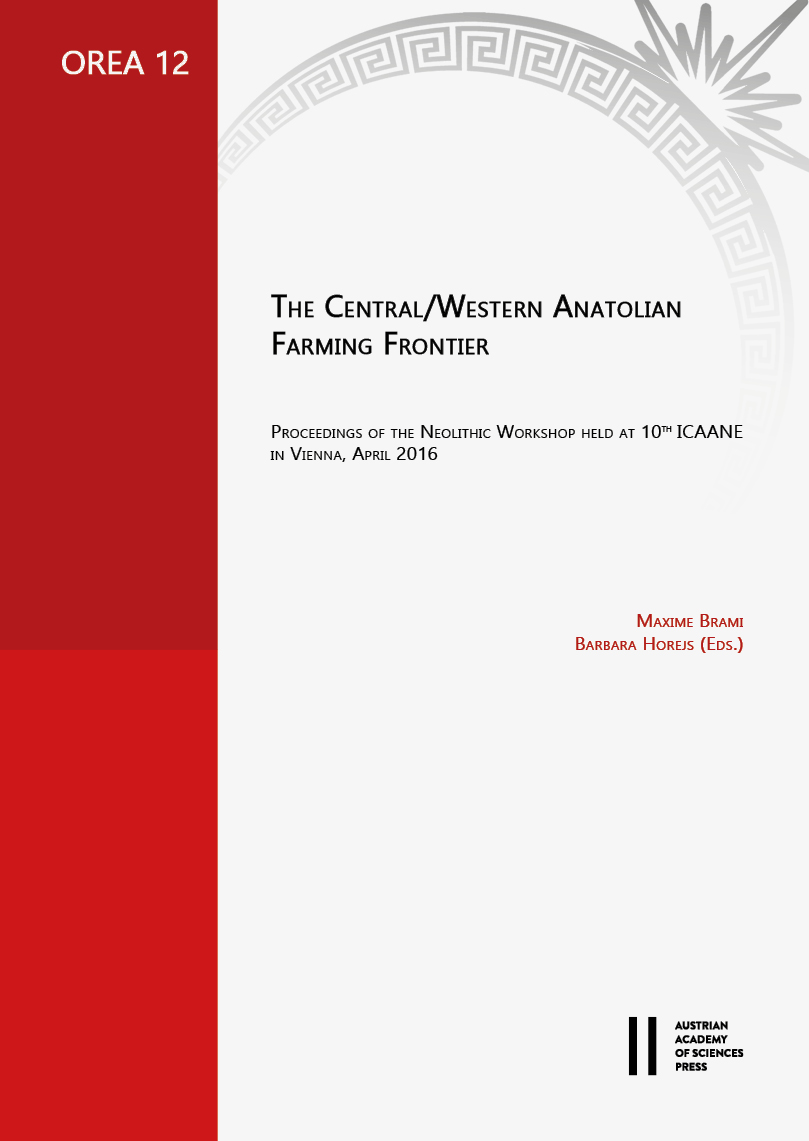
The adoption of agriculture and settled village life is one of the most important transitions in prehistory, long viewed as one of the most essential ‘revolutions’ in human history. While traditional grand narratives of agricultural origins and dispersals still remain relevant today, decades of excavation and investigation in western Asia are increasingly challenging and reinterpreting these narratives, revealing diverse pathways in the emergence of Neolithic communities. This volume, arising from a workshop organised at the 2016 ICAANE conference in Vienna, uses new research and theories to shed light on the diversity of early farming communities beyond the Near East, in Anatolia (the Asian part of Turkey) and the Aegean basin. The volume proposes that these regions represent one of the first farming ‘frontiers’ between the agricultural economies in central Anatolia in the 9th millennium BC and farming communities in western Anatolia and the Aegean, which emerged around two thousand years later. The thirteen contributions collected in this volume highlight the diverse trajectories by which societies transitioned to farming on the periphery of one of the great centres of food-plant and animal domestication of the Old World, and allow for the re-evaluation of long-established models in the field of Neolithic archaeology, integrating the area into broader narratives about one of the essential transformations in human history.
…
Die Transformation von mobilen Jäger- und Sammlergesellschaften zu sesshaften Agrargemeinschaften stellt eine der wesentlichsten Revolutionen in der Menschheitsgeschichte dar. Die Verbreitung dieser neuen neolithischen Lebensweise von einer der Kernzonen in Zentralanatolien nach Westen bildet den Schwerpunkt dieses Buches. Die 13 Beiträge des Bandes zeigen ein vielfältiges und mosaikartiges Szenario der neolithischen Transformationsprozesse und ermöglichen die Neubewertung seit langem bestehender Modelle auf dem Gebiet der neolithischen Archäologie.
2019,
978-3-7001-8415-7
978-3-7001-8659-5
257 Seiten mit zahlr. Abb.
29,7x21cm, broschiert